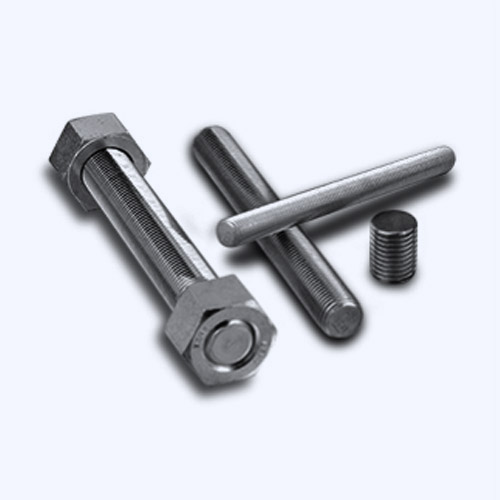Pro . 13, 2024 01:37 Back to list
Anchor Bolt Length Reference Guide for Construction Projects and Applications
Understanding Anchor Bolt Length A Comprehensive Guide
Anchor bolts are essential components in construction and engineering, providing critical support and stability to structures. The effectiveness of these bolts hinges on correct sizing, placement, and length. An anchor bolt length chart serves as a vital resource for engineers and builders, offering guidelines to select the appropriate bolt length based on various factors. This article aims to delve into the significance of anchor bolt length and how to effectively use anchor bolt length charts to ensure safety and compliance in construction projects.
What Are Anchor Bolts?
Anchor bolts are designed to secure structures to concrete foundations, preventing movement due to wind, seismic activity, or vibration. They come in several types, including headed bolts, L-shaped bolts, and J-bolts, each serving specific purposes based on the design requirements. The length of the anchor bolt is crucial because it determines how deep the bolt will penetrate into the concrete, which directly affects its pull-out strength and overall load-bearing capacity.
Factors Influencing Anchor Bolt Length
Several factors influence the required length of anchor bolts in a project
1. Load Conditions Understanding the loads that the anchor bolts will bear is the first step in determining their length. Factors include tensile loads (pulling forces), shear loads (sliding forces), and combined loading scenarios.
2. Concrete Embedment The embedded portion of the bolt (the length within the concrete) must be calculated to ensure adequate anchorage. The general guideline is that the embedded length should be at least 10 to 12 times the bolt diameter for optimal performance.
3. Bolt Size and Type Different bolt diameters and types may require adjustments in length. A larger diameter may necessitate a longer bolt to achieve the same pull-out resistance as a smaller one.
4. Environmental Conditions Factors such as corrosion, temperature changes, and chemical exposure can influence the choice of material and length of anchor bolts. Stainless steel or galvanized bolts may be selected for harsh environments, potentially altering the required length.
anchor bolt length chart

Using the Anchor Bolt Length Chart
An anchor bolt length chart typically provides recommended lengths based on the aforementioned factors. Here’s how to effectively use it
1. Identify the Load Requirements Begin by determining the axial and lateral loads the anchor bolt will be subjected to. This information often comes from structural specifications or load calculations.
2. Select Bolt Material and Type Choose the appropriate bolt type based on project requirements, including environmental conditions and the need for resistance to tensile or shear forces.
3. Consult the Chart With your load requirements and bolt specifications in hand, consult the anchor bolt length chart. Look for the recommended embedment depth corresponding to your bolt size and load characteristics.
4. Verify with Design Codes Always ensure compliance with local building codes and standards. Many regions have specific regulations that dictate minimum anchor bolt lengths based on factors like seismic activity or wind loads.
5. Adjust as Needed If your application has unique conditions, consider adjusting the recommended lengths based on additional engineering judgment, including safety factors and service conditions.
Conclusion
Selecting the correct anchor bolt length is crucial in ensuring the structural integrity and safety of a project. By understanding the factors that influence bolt length and utilizing an anchor bolt length chart effectively, engineers and builders can make informed decisions that bolster the resilience of their structures. Always stay updated with the latest engineering practices and standards, as advancements in materials and methodologies can lead to improved safety and performance in construction.
-
The Ubiquitous Reach of DIN934 in Application Realms
NewsMay.16,2025
-
Exploring Different Bolt Types
NewsMay.16,2025
-
Cracking the Code of Sleeve Anchor Mastery
NewsMay.16,2025
-
Clamp Design Principles,Types and Innovations
NewsMay.16,2025
-
Artistry Inspired by the Humble Anchor Bolt
NewsMay.16,2025
-
A Deep Dive into Screw Types
NewsMay.16,2025


